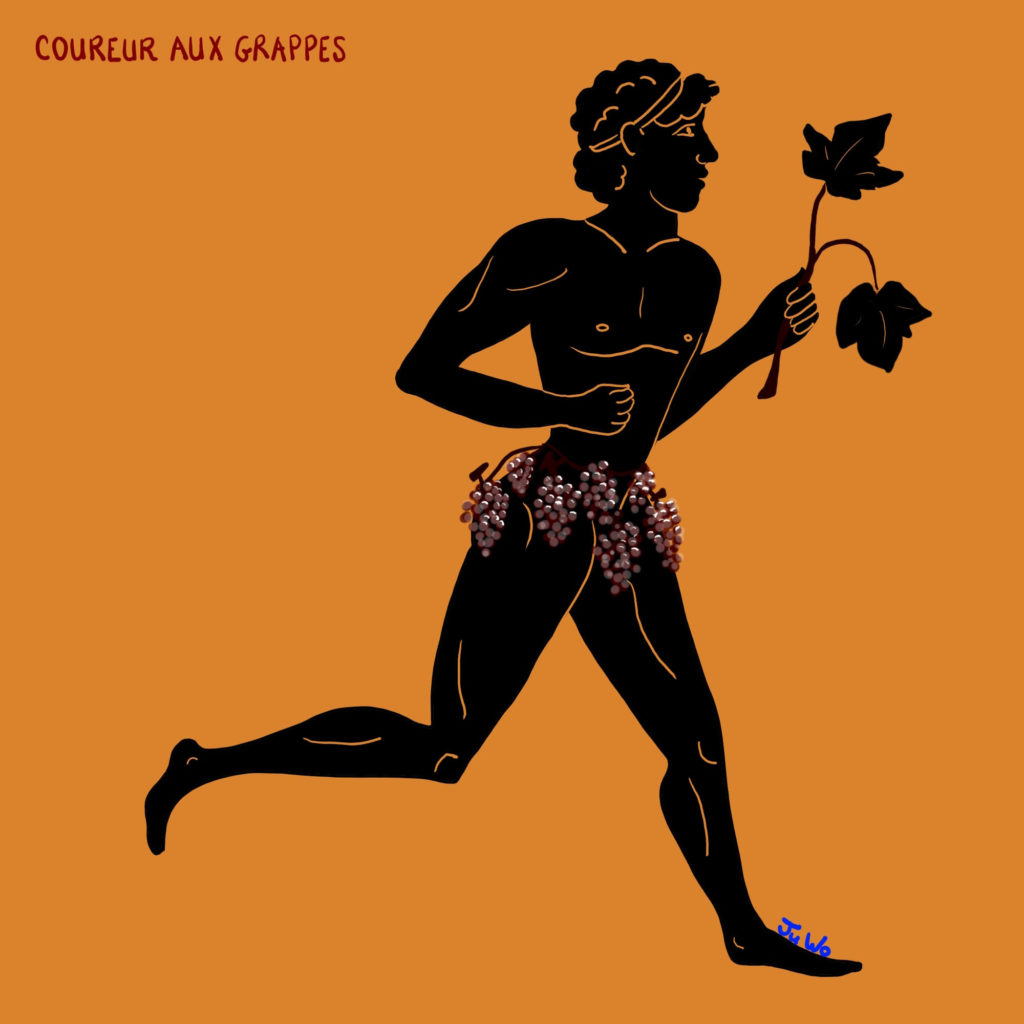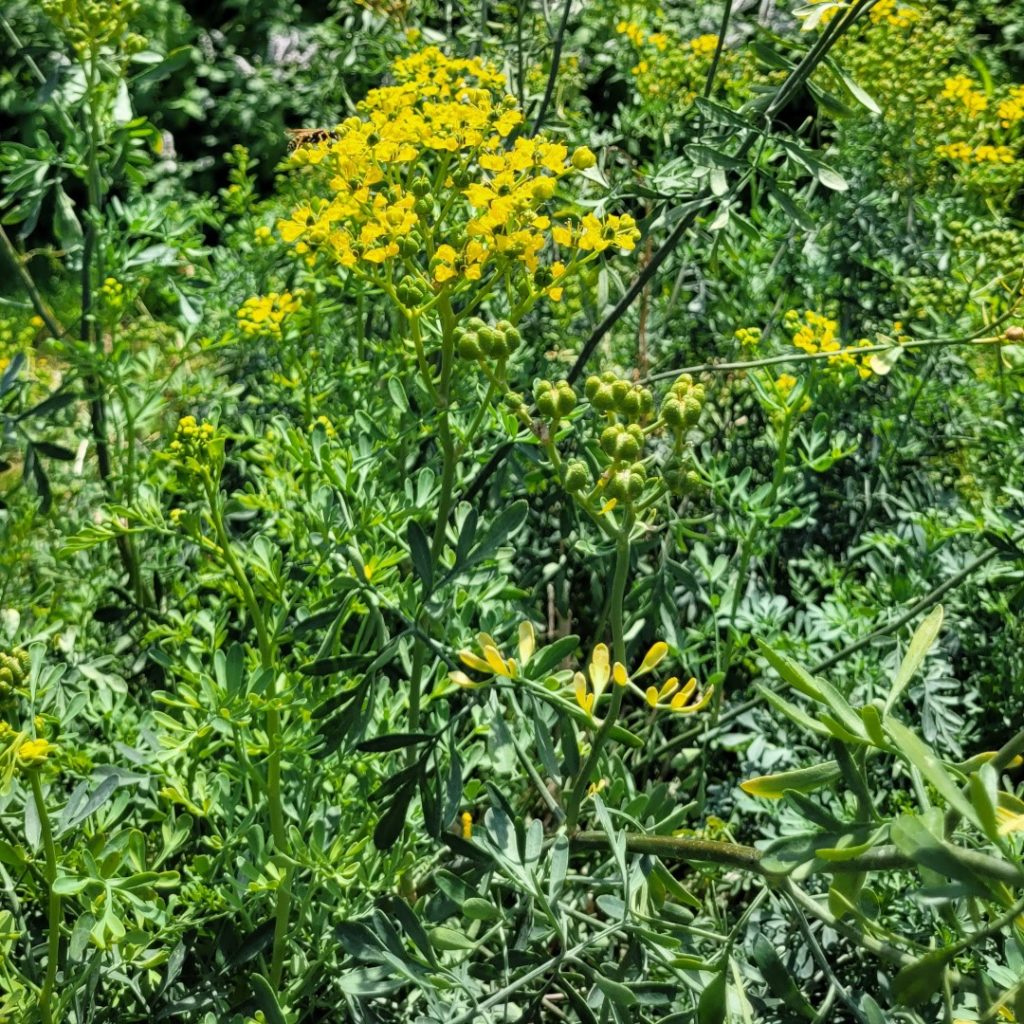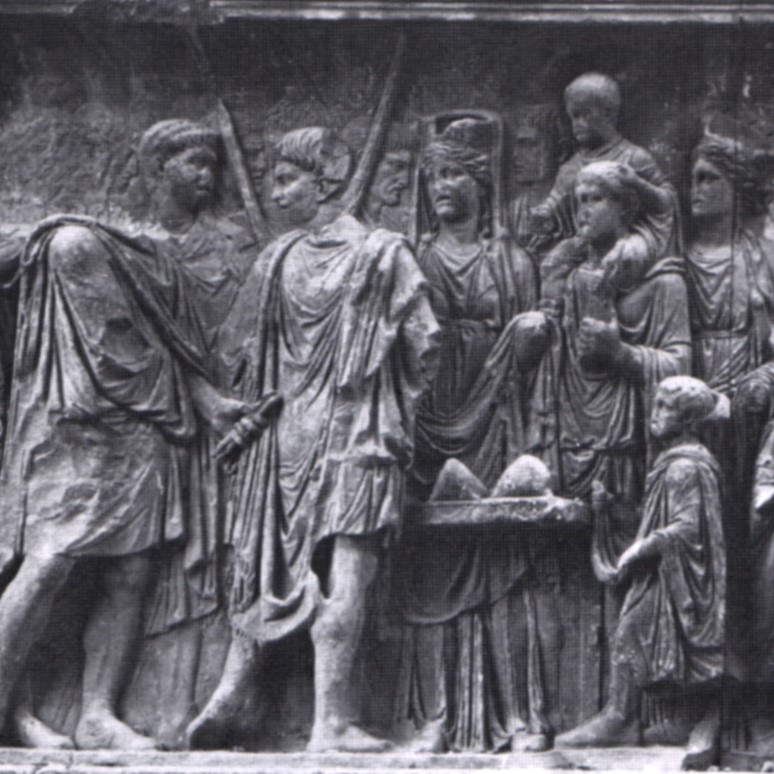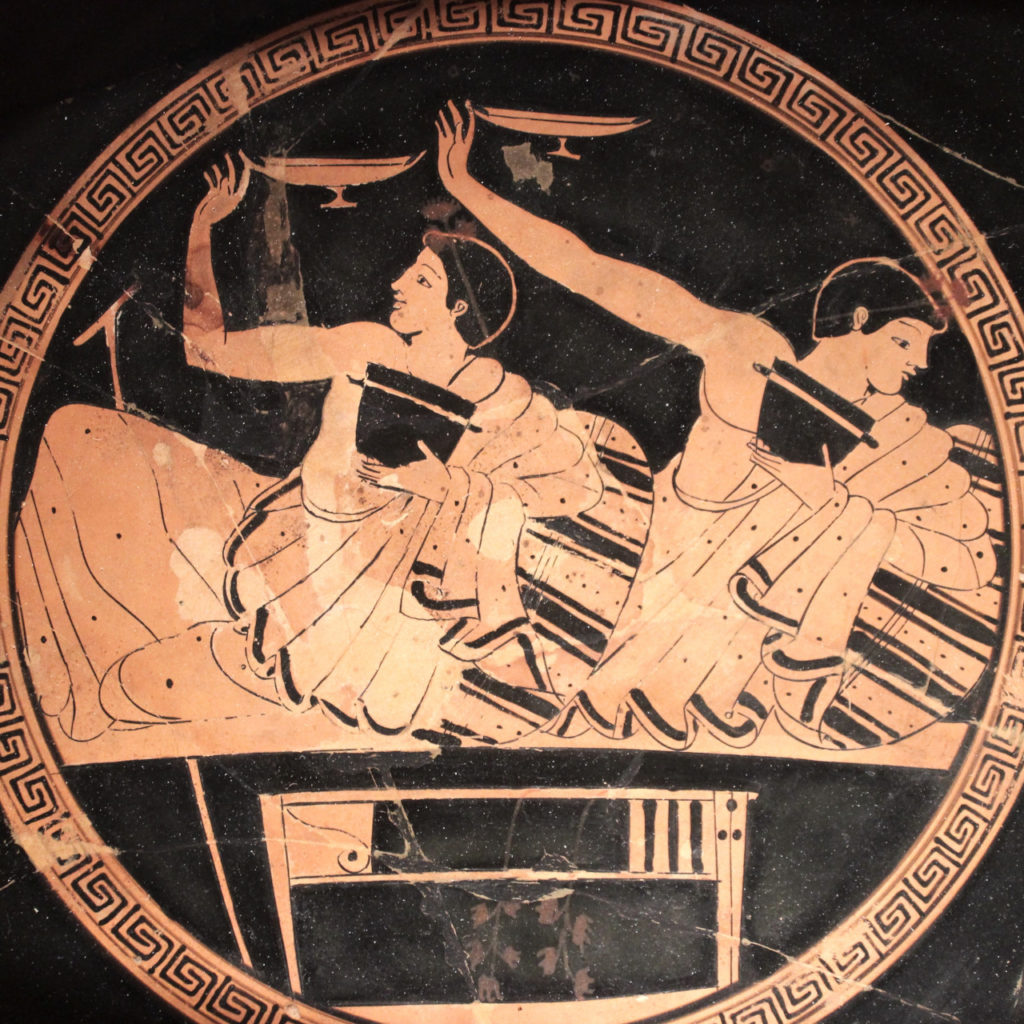Translated from french with Deepl (please notify us of errors)

Roosters are not usually cooked. There are several reasons for this. Firstly, apart from its reproductive function, the animal is useless. It is therefore rare in the poultry yard: one rooster, many hens. Finally, when it is replaced by a younger, more hardy specimen, the flesh of the old male is tough to the tooth.
However, there is a famous recipe for “coq au vin” in the French culinary repertoire, particularly in central and eastern France, Auvergne and Burgundy. The carved bird is marinated, braised and then simmered for a long time in wine to tenderise it, with bacon, mushrooms and carrots. But what’s even more surprising is that legend has it that the recipe dates back to the Gallic War, and attributes its invention to Julius Caesar. Here’s the story.
A meal between enemies at Gergovie
We are in Gergovie in 52 BC. All of Gaul had not yet been invaded by the Romans, and the future was at stake here, at the foot of the Arverne oppidum besieged by Caesar. The Roman and Gaulish armies watched each other over the ramparts. To defy the Roman general, the Arverne leader Vercingetorix had a cockerel delivered to him, a symbol of Gallic pride and fighting spirit. As a demonstration of his nobility, Caesar invited his enemy to a meal… where he served him his rooster cooked in wine.
The story is appealing, even if paradoxically it attributes the paternity of a local tradition to the invader, but it is most certainly false.
Firstly, everything we know about the Gallic War comes from Julius Caesar’s account. However, in this text[1], there is no mention of exchanges or meals between enemy chiefs, or of rooster recipes.
Secondly, the cockerel was not at all a Gallic symbol at the time, so Vercingetorix would have had no reason to offer it to Caesar to challenge him. The wild boar is very common on war signs, but not the cockerel. In fact, the association between the cockerel and Gaul came from the Romans, not the Gauls. In fact, in Latin, the same word gallus is used to designate both the Celtic people and the gallinaceous animal.
Gallus in sterquilinio suo plurimum potest, “the cock is almighty on his dunghill”, wrote Seneca in the 1st century, playing on the double meaning.[2]
Nasty Roman pun
For the Romans, the Gallic cockerel was nothing more than a mocking pun. Historian Michel Pastoureau sheds light on this misunderstanding: “The presence of roosters depicted on various objects and monuments of Gallic origin (coins, statuettes, carved stones) led some 18th and 19th century scholars to believe that the rooster was an emblem of independent Gaul even before the arrival of the Romans. Today we know that this is not the case. Not only do the roosters unearthed by archaeologists never predate the first century BC, but they are also more Roman (Belfiore 2010: 319-324) than Gaulish”.[3]
So it was not until the construction of European nationalism that France chose Vercingetorix as its hero and the cockerel as its symbol.
If we follow the recipe for coq au vin, we also quickly come to a dead end. For centuries, the breeding cockerel was the last to go into the pan, cooked and annealed to make it edible. It was not until the early 20th century that Burgundy, a wine-growing region if ever there was one, took the trouble to describe the preparation.
Today, coq au vin is still a much-loved traditional recipe, but the rooster is most often replaced by chicken or poularde. In the end, Caesar was right: the Gauls were tough as nails.
To find out more
- Wikipédia, article coq au vin
- Service Interroge de la Ville de Genève: Doit-on la recette du coq au vin à Jules César?
- The recipe for du coq au vin by chef Michel Dumas
[1] César, Commentaries on the Gallic War, full text in Latin and French on Itinera Electronica
[2] Seneca, Apocolocyntosis, 7.3.
[3] Michel Pastoureau, Le coq médiéval: jalons pour une histoire symbolique, 2017, in Revue d’ethnoécologie.
December 2023. Reproduction prohibited
Other articles in English from the Nunc est bibendum blog








